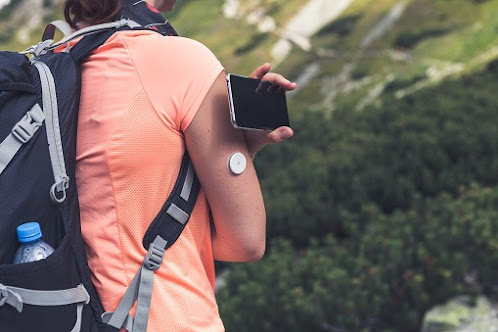Watch Technologies for Hikers and Outdoorsmen
A few aeras ago it was unthinkable for the average citizen to hike in unfamiliar areas and landscapes. The risk of getting lost or injured was simply too great to make such an effort. Today, however, the story is different. Why? Due to the revolution in mobile and wearable technologies, which has endowed devices with essential and applicable functions for outdoor use.
While smartphones do their work in nature, a real hiker cannot get by with a real mountain watch. It's just more convenient and won't die out as quickly as a smartphone.
Below he will find world-class watch technologies of the best hiking watches to get him home safe and comprehensive.

navigation
Probably the best nose of a hiking wristwatch is the triangulation system. A archetypal navigation system consists of three primary satellite organizations: American GPS, Russian GLONASS, and European Galileo.
Satellite positioning on a hiking clock is solved in two ways: either it has built-in maps or you have to pre-load them before the hike. While most outdoor watches like Suunto and Polar only have the pre-charge option, Garmin watches differ from others in that the maps are integrated into their system.
In addition to satellite navigation, there is also easier route guidance with a compass. Watches that only have the compass function are intended for easier hikes and experienced hikers.
Altimeter and barometer
Another watch technology that hikers can benefit from is the altimeter-barometer function. These two different instruments are usually located next to each other on a watch, with the first measuring the altitude you are at and the second calculating air pressure based on the results of an altimeter.
In addition to accurate barometric pressure and altitude results, some watches can even predict weather events and warn you of an approaching storm. This allows a hiker to better plan the rest of the activity taking into account the forces of nature.
thermometer
If an outdoor watch already has an altimeter-barometer function, it is also possible to measure the temperature. A standard measuring range is between -10 ° C and 60 ° C (14F and 140F) for a typical outdoor watch. However, in order to grow an accurate result, the watch must be removed from the wrist for a few minutes.
Otherwise, the sensor will contain some of the body heat that is radiated from the wrist, resulting in a much higher temperature than expected.
Health functions
The more advanced hiking watches also have health-related functions. They're not strictly necessary, but they add a whole new dimension to the detailed data about your body's behavior.
The most common health-related feature is a wrist heart rate monitor that counts the heartbeat and makes suggestions based on the results. Another common monitor is the one that calculates the oxygen saturation level of the blood. In addition, some outdoor watches have a sleep monitor that gives you information about the quality of your sleep.
Therefore, the health functions are particularly helpful in
avoiding exhaustion and maintaining physical balance.
marketingmediaweb divinebeautytips techcrunchblog nanobiztech globalmarketingbusiness


